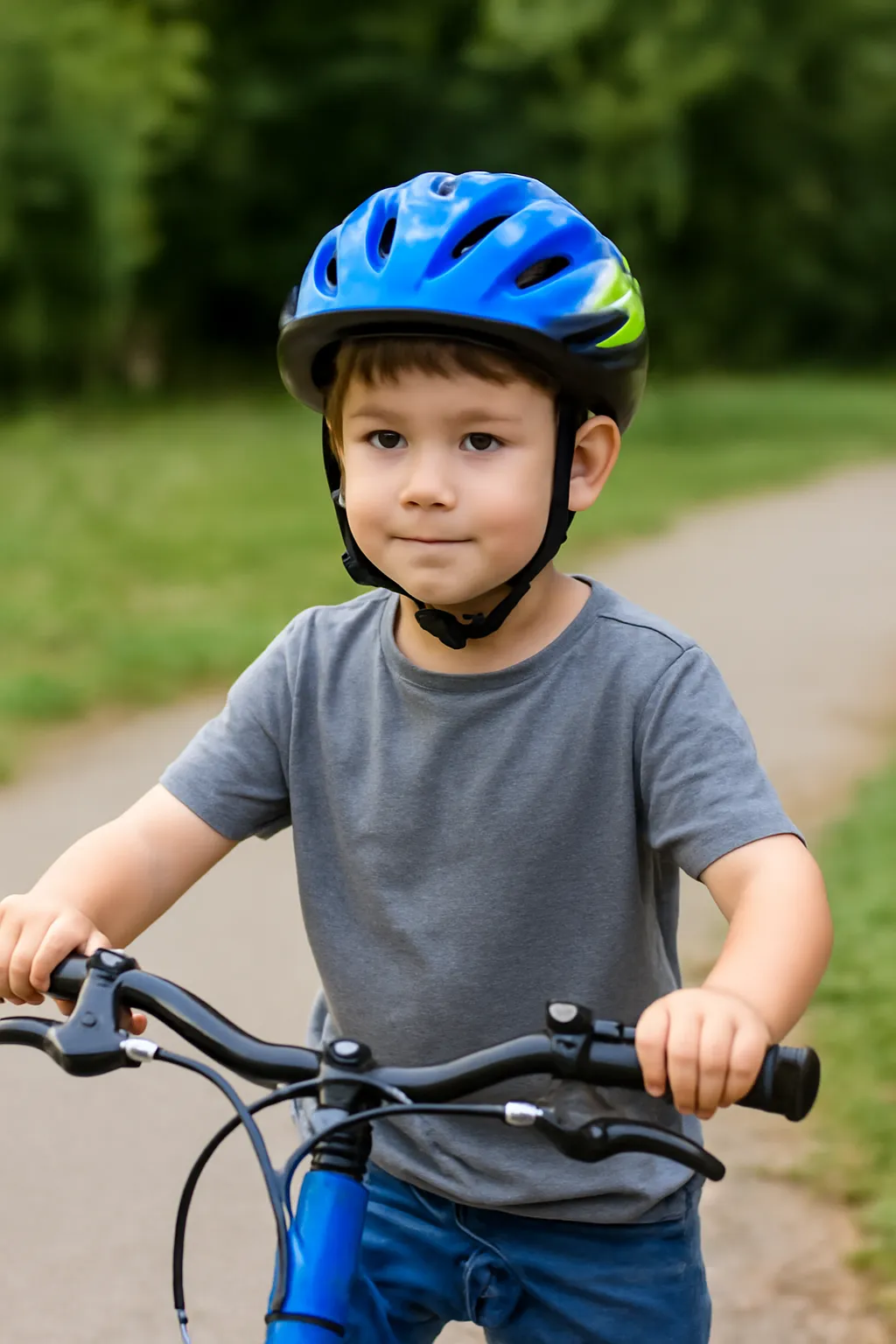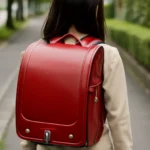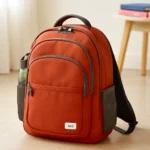Are you wondering how to choose the perfect bicycle helmet for your elementary schooler? Find out how to select the right size, what to consider when choosing a helmet, and why it’s crucial for their safety during bike competitions.
When it comes to ensuring the safety of young riders, selecting the proper bicycle helmet for elementary school children is key. Not only does it protect their head in the event of a fall, but it also enhances their confidence while riding. However, choosing the right size and type can be overwhelming for parents, especially when navigating through the different options for helmets, bicycles, and competitions. This guide will walk you through everything you need to know about selecting the right elementary school bicycle helmet, focusing on size, protection, and other important factors.
Understanding the Importance of Helmet Size for Elementary School Children
The most crucial factor in choosing a bicycle helmet is ensuring it fits properly. A helmet that is too large or too small can be ineffective and even unsafe. For elementary school children, helmets should be snug without being uncomfortable. The size of the helmet should correspond to the child’s head circumference, typically measured around the forehead, just above the ears.
What to Look For in the Right Size
-
Head Circumference: Measure the child’s head with a flexible tape measure just above the ears and eyebrows. The measurement will determine which helmet size to choose. Children’s helmets typically come in sizes ranging from 46-58 cm in circumference.
-
Adjustable Fit: Many helmets come with an adjustable dial or strap system to ensure a better fit. This is especially useful for growing children as it allows the helmet to adapt to their head size.
-
Comfort and Padding: Ensure the helmet has comfortable padding inside. High-quality padding helps the helmet fit snugly and securely while also providing cushioning in the event of an impact.
-
Safety Standards: Make sure the helmet meets safety standards, such as the CPSC (Consumer Product Safety Commission) or CE standards, which ensure it provides adequate protection.
-
Test for Fit: A well-fitting helmet should not move around on the child’s head. When wearing the helmet, it should sit level on the head and not tilt forward or backward. The chin strap should also be snug under the chin to avoid slipping off during a fall.
Once the correct size is determined, your child can wear their helmet comfortably, knowing it will provide maximum protection.
Why a Proper Fit Is Crucial
When it comes to biking, the helmet acts as a vital piece of safety equipment. An ill-fitting helmet can shift during riding, leaving parts of the head unprotected. In the event of a collision or fall, this can increase the risk of injury. Additionally, a helmet that fits too tightly can cause discomfort, leading to distractions during the ride, and one that is too loose might not stay in place when needed most.
Tip: Always make sure to check the helmet’s fit periodically, especially if your child is growing quickly. A helmet that once fit well might become too tight as they grow.
Recommended Features for Elementary School Bike Helmets
Choosing a helmet with the right features is just as important as getting the right size. Helmets come in different designs and technologies, each with features that cater to various needs and preferences. Here are some key features to consider when selecting a helmet for elementary school children:
1. Lightweight Construction
Young riders need a helmet that doesn’t feel too heavy on their heads. A lightweight helmet allows for comfort, especially when riding for extended periods. A heavy helmet can cause neck strain, making it difficult for kids to enjoy their biking experience.
2. Ventilation
Biking often involves physical exertion, and kids can get hot and sweaty quickly. Helmets with good ventilation are crucial for keeping your child cool and comfortable. Look for helmets with multiple vents to allow air to flow through and reduce heat buildup inside the helmet.
3. Bright Colors and Designs
One of the best ways to ensure that your child is visible on the road is by choosing a brightly colored helmet. Helmets in neon colors like yellow, orange, and green are easy to spot from a distance, increasing your child’s visibility during low-light conditions or in busy areas.
4. MIPS Technology (Multi-directional Impact Protection System)
MIPS is a popular feature found in higher-end helmets, designed to reduce rotational forces in the event of an angled impact. Although not necessary for all riders, MIPS technology can add an extra layer of protection for children who ride frequently or at higher speeds.
5. Removable Padding
Removable padding is helpful for cleaning purposes. Kids tend to get sweaty while riding, and having the option to remove and wash the padding can keep the helmet fresh and clean.
Pro Tip: For maximum comfort, ensure the helmet has an adjustable chin strap to fit the child’s face without causing irritation.
Elementary School Bicycle Competitions: Safety and Preparation
For children involved in bike competitions, safety takes on an even more significant role. These events often involve high-speed riding, turns, and potential risks of falls, making it all the more important to ensure that the right equipment, including a helmet, is in place.
Helmets and Competitions
While the primary function of a helmet is to protect the rider’s head, it is also important for competition safety regulations. Many competitions will require helmets that meet specific safety standards. For example, youth races may require a CPSC-certified helmet to ensure uniform safety across all participants. In some events, helmets with additional features like a sun visor or chin guard may be required to offer extra protection during higher-speed races.
Preparing for the Event
-
Check the Helmet: Before the competition, verify that the helmet fits snugly, is free of cracks, and has not lost any protective padding. Any sign of wear and tear could compromise the helmet’s integrity.
-
Understand the Rules: Make sure your child understands the rules of the competition, including helmet requirements. Many events will also require other protective gear, such as knee and elbow pads.
-
Practice Safety: Encourage your child to practice safe biking techniques before the competition, such as using proper signaling and braking techniques. Safety goes beyond just wearing a helmet and involves being aware of one’s surroundings while riding.
Important Reminder: Always encourage your child to wear their helmet during every ride, not just during competitions. Helmets should be worn anytime they are on their bike, whether they’re racing, biking for fun, or just riding around the neighborhood.
Conclusion
Choosing the right bicycle helmet for elementary school children is essential for ensuring their safety and comfort while riding. The helmet should fit properly, meet safety standards, and be equipped with features that protect young riders. Whether your child is enjoying a leisurely ride around the block or preparing for a bike competition, the helmet is an indispensable piece of safety gear that cannot be overlooked.
By considering factors like size, ventilation, visibility, and the specific needs of bike competitions, you can confidently select the best helmet for your child. Above all, always remember: safety first, fun second.






